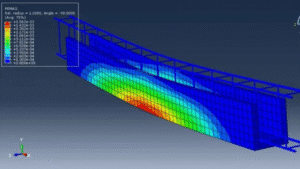
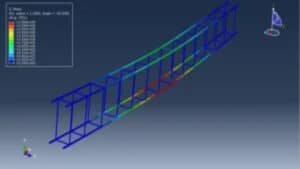
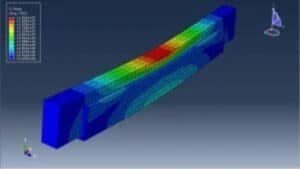
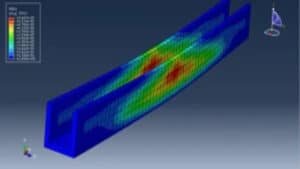
undefined


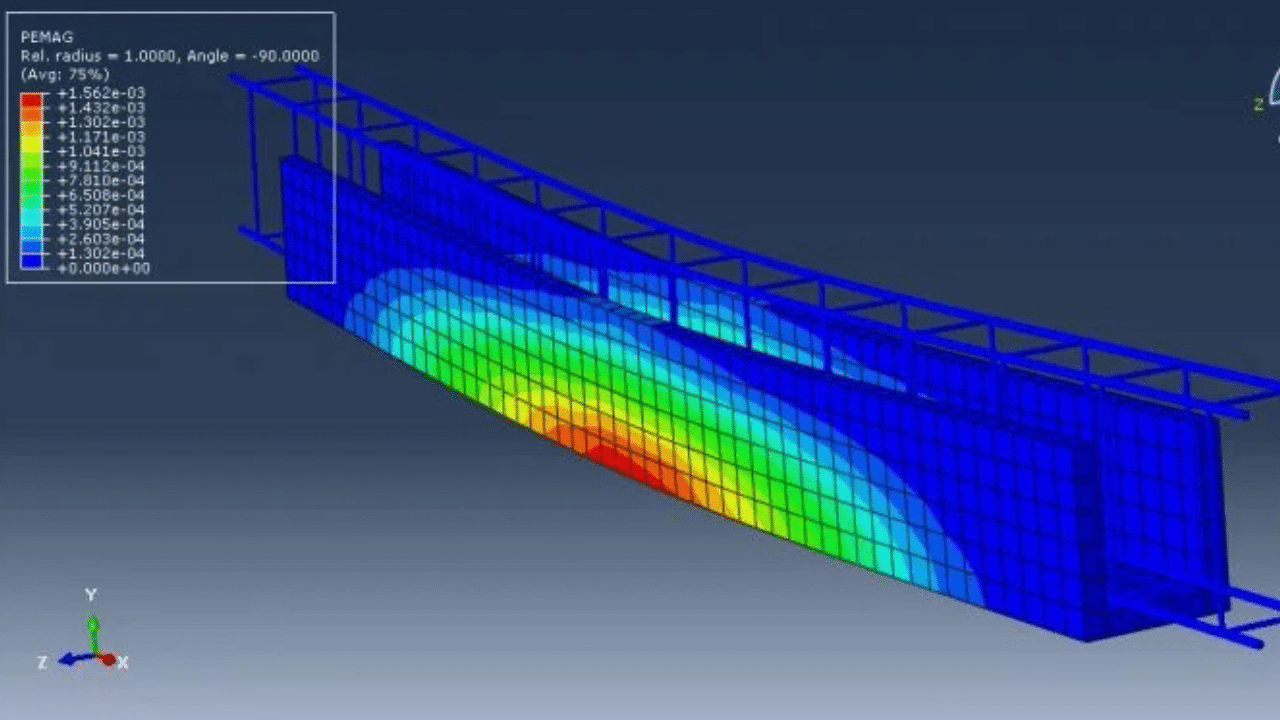
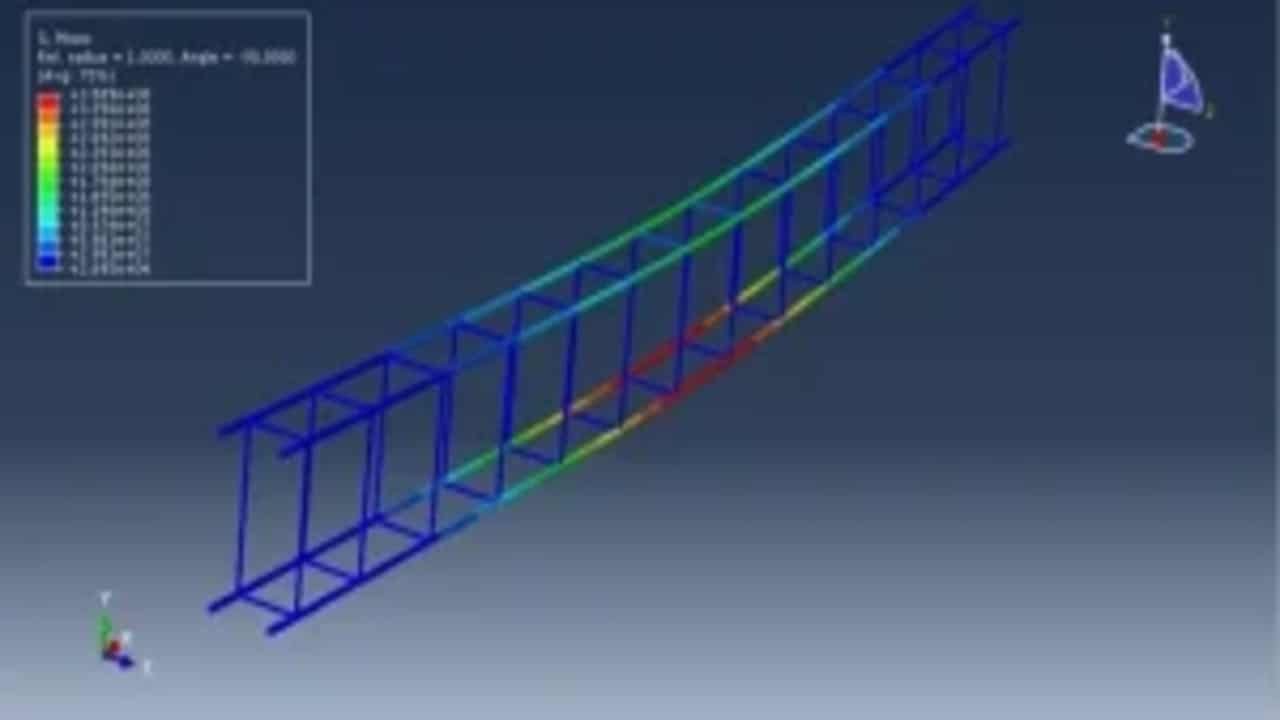
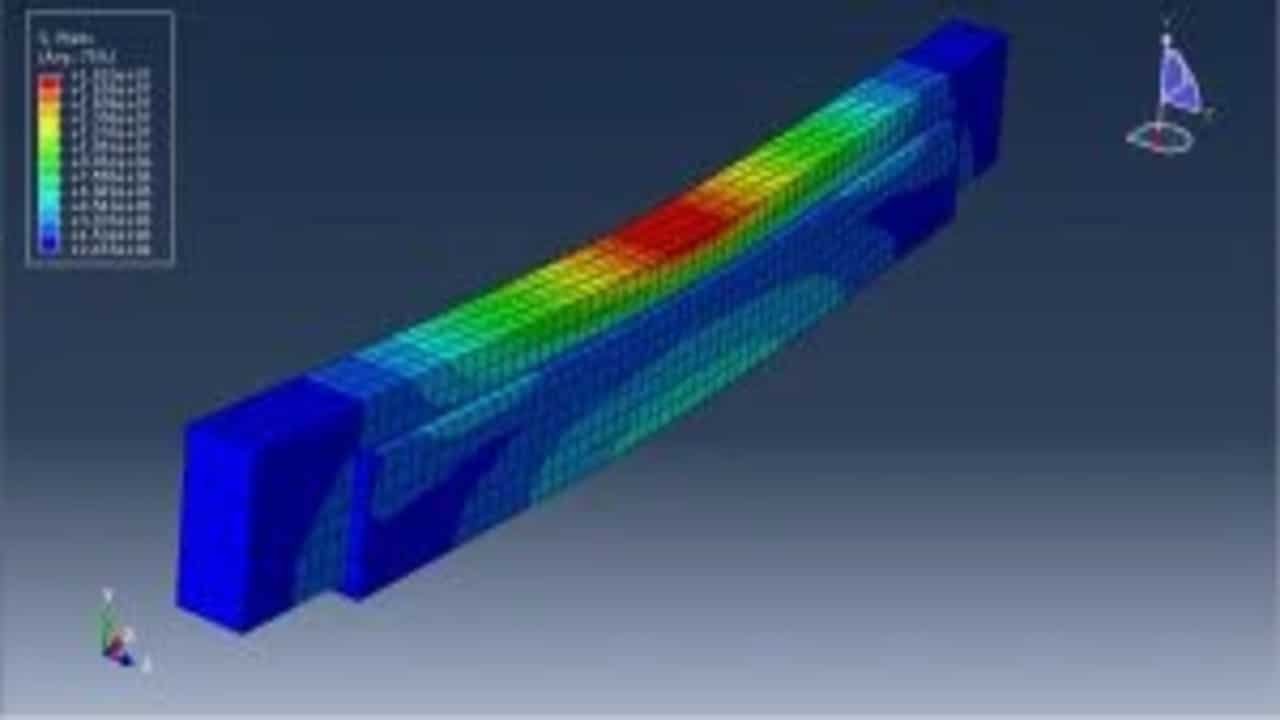
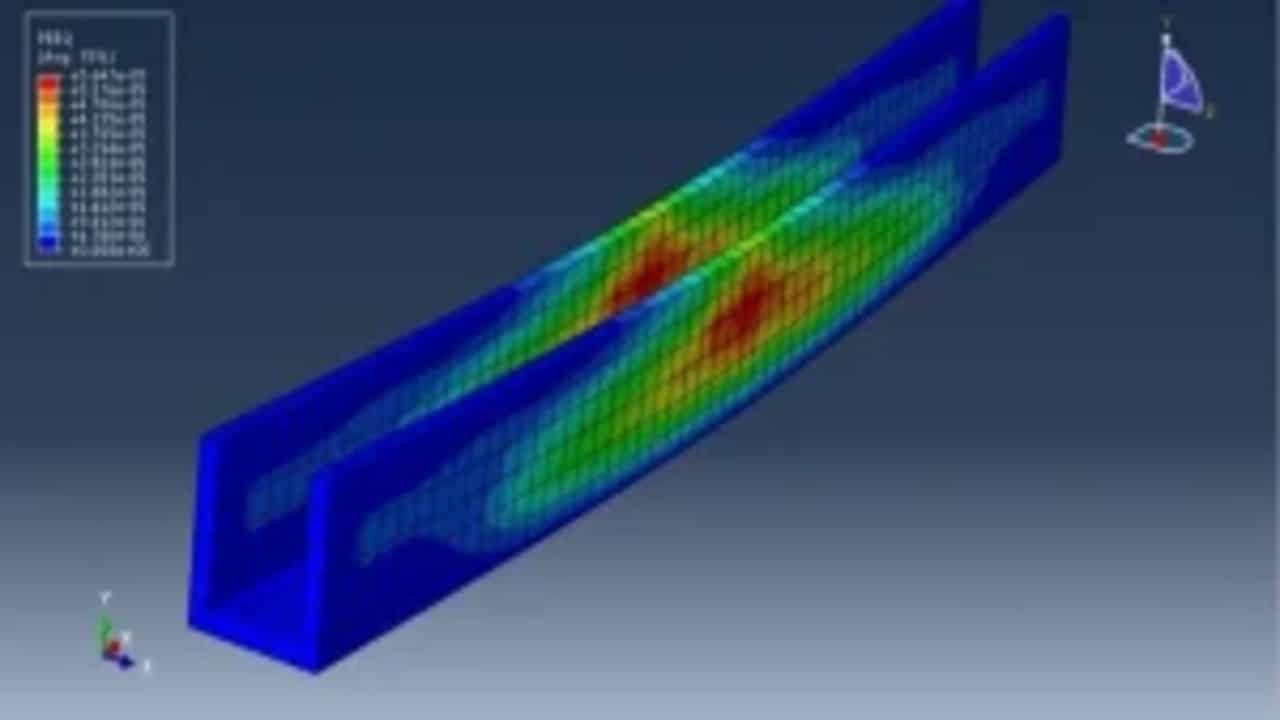


Papers abstract:
In this study, the effectiveness and efficiency of two different techniques for strengthening of reinforced concrete (RC) beams using ultra-high performance fiber reinforced concrete (UHPFRC) was investigated i.e.; (i) by sand blasting RC beams surfaces and casting UHPFRC in-situ around the beams inside a mold and (ii) by bonding prefabricated UHPFRC strips to the RC beams using epoxy adhesive. Beams under each technique were strengthened in three different strengthening configurations; (i) bottom side strengthening (ii) two longitudinal sides strengthening (iii) three sides strengthening. Bond strength tests were carried out to ascertain the bond between normal concrete and the UHPFRC, for both sand blasting and epoxy adhesive techniques. Test results for retrofitted beams under flexure regarding various behavioral attributes such as crack propagation, stiffness and failure load indicated significant positive developments resulting from the two strengthening techniques. Beams strengthened on three sides showed the highest capacity enhancement, while beams strengthened only at the bottom side showed the least enhancement. However, there were some concerns regarding loss of ductility with increased use of UHPFRC as part of the tensile retrofit. Finite element (FE) and analytical models were developed to predict the behavior of the beam specimens. The result of the models showed good agreement with experimental results, as they were able to predict the behavior of the beams with high accuracy.
Product Overview:
This tutorial provides a step-by-step Abaqus simulation of UHPC-strengthened RC beams, simplifying the referenced paper’s UHPFRC approach for practical modeling. Key simulation steps include:
In this tutorial, UHPC-strengthened RC beams are simulated, according to data from the work of Al-Osta et al.
We connect engineers through:

Want to receive push notifications for all major on-site activities?